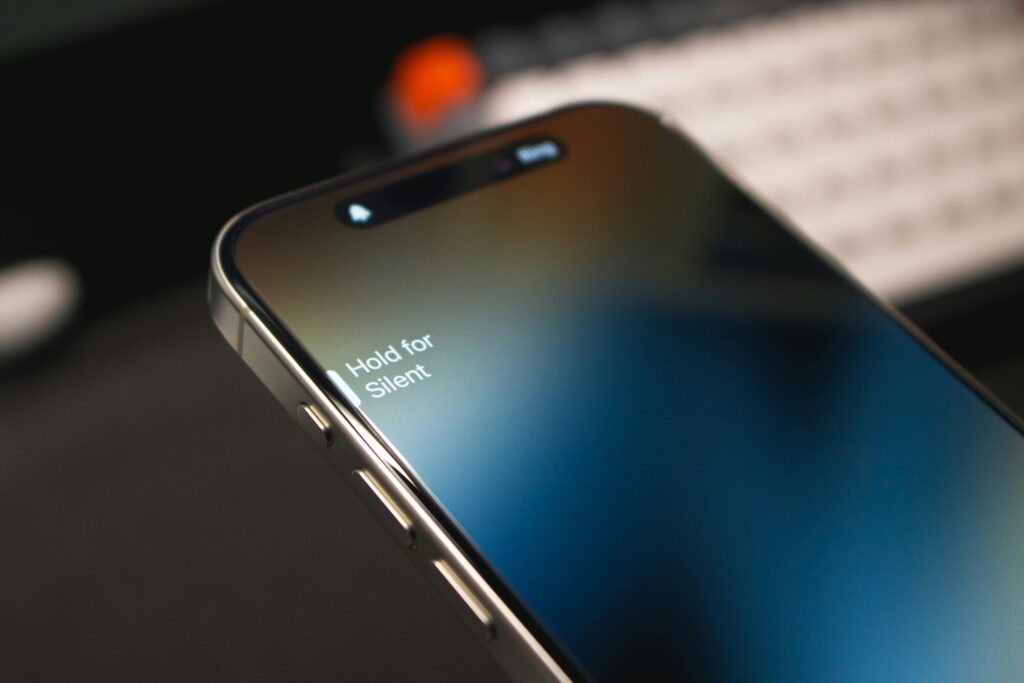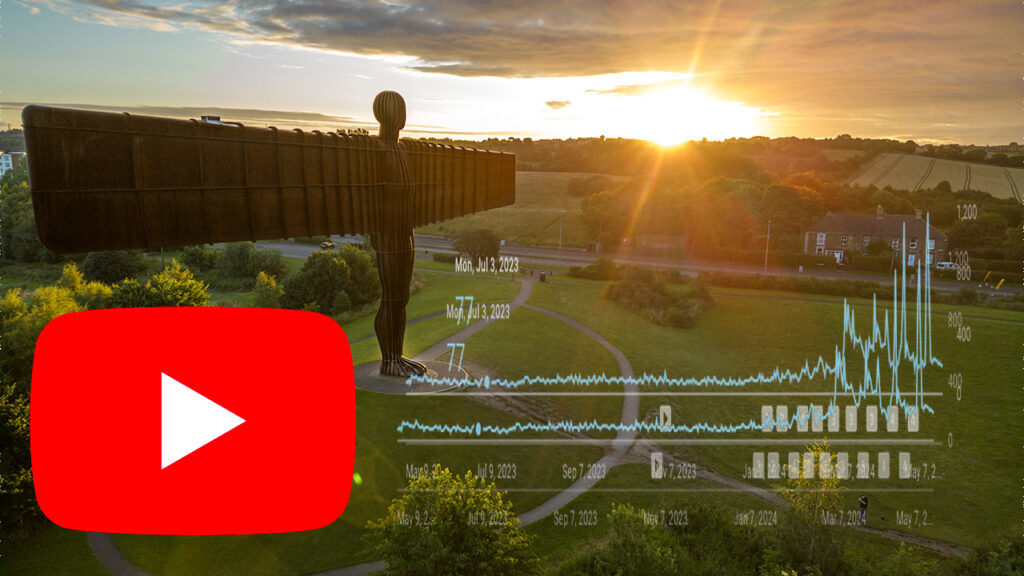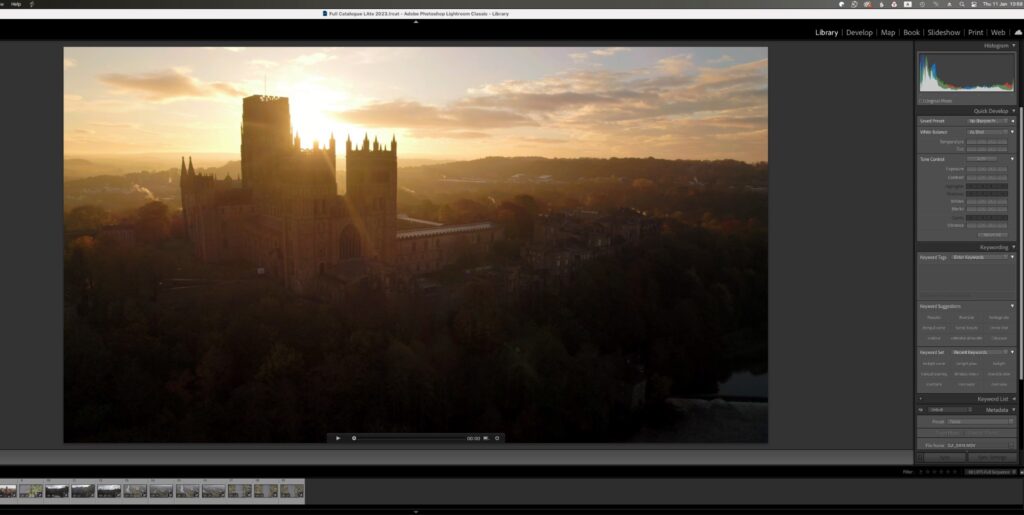If you are a photographer that also dabbles in video, you may well have heard of the “cinematic look.” For many videographers it is a technique to aspire to. It can, however be quite elusive to achieve. There are a number of reasons for this, but in general, your camera is not one of them.
Most modern day DSLR and mirrorless cameras are perfectly capable of capturing the cinematic look. Indeed they are more capable than camcorders ten times the price, just a few short years ago.
So why is it so hard to obtain the nirvana of cinematic video? Actually, it’s not, it does however require you to apply certain technical aspects to your shooting. Your creative thought process also needs to be in cinematic mode. So how do we go about this?
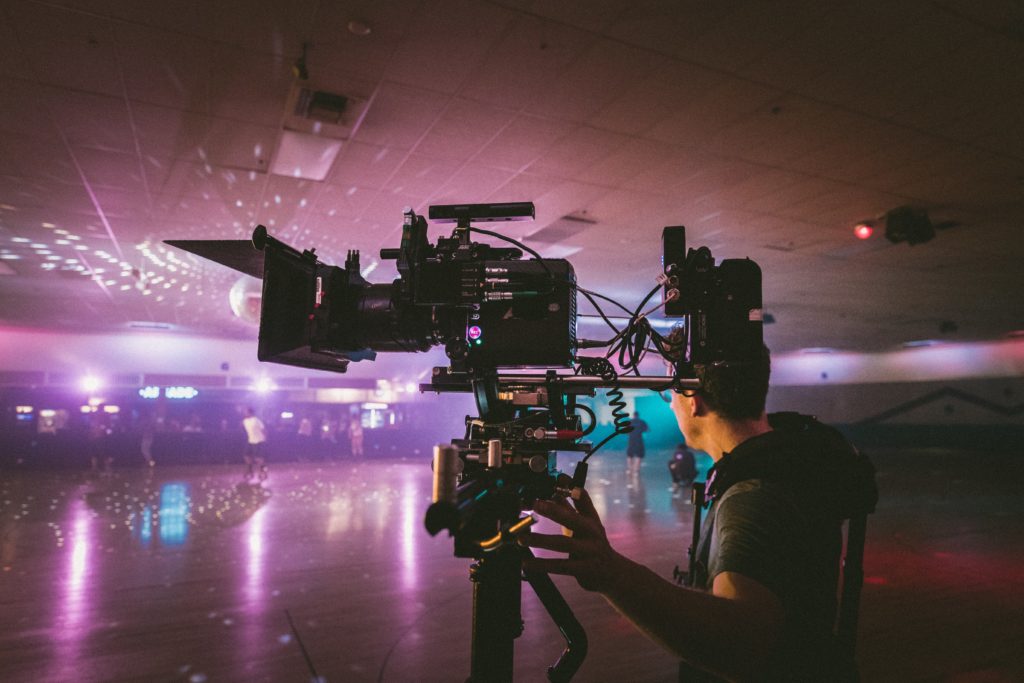
What Is The Cinematic Look?
Of course, we could state the obvious, however that does not get down into the aesthetics or how they are achieved. If we rename the cinematic look, the film look, you should get a better feel for it. In photography, the film look as a certain, almost undefinable quality to it that digital often fails to replicate.
In video, the cinematic look is defined, but not confined to, shallow depth of field, low contrast, soft, muted colours and, most importantly, the motion of the footage. This is the way each video frame flows into the next. Let’s have a look at how we can get that look, starting with the technical aspects.
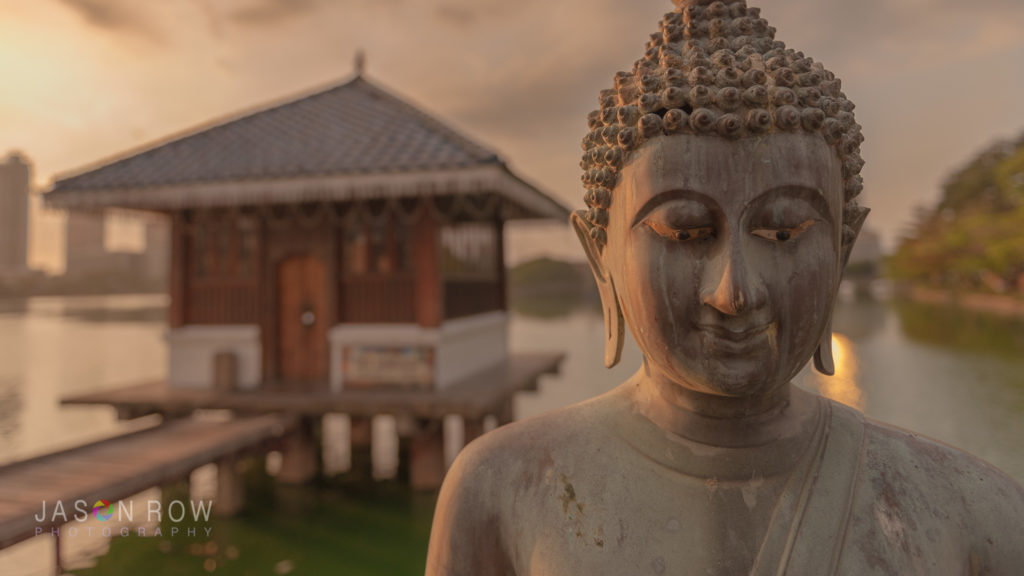
The Best Frame Rate and Shutter Speed for Getting the Cinematic Look
The cinematic look in video is tricky because the video we shoot is in a digital form. However, our digital stills cameras have big advantage over similar priced video cameras – the sensor size. This allows us to obtain the more shallow depth and flatter contrast through higher dynamic range.
However the most important aspect of getting the cinematic look is setting a frame rate of 24fps. This is the same frame rate that Hollywood movies have been using since the dawn of film making. It gives us a silky but not overly smooth look to our footage. However, this will only work if we set the correct shutter speed.
As we mentioned in our introduction to videography, to get the best looking footage, we must use a shutter speed that is double the frame rate. In cinematic terms this is called the 180 degree rule. If our frame rate is 24fps, then we should set a shutter speed of 1/48th of a second. On most stills camera this would round up to 1/50th of a second.
Another technique for getting a cinematic look is to use slow motion. In this case we would not use a rate of 24fps but one that is two, four or more times this. For most cameras this would mean setting an fps of 50 or 100fps. When we edit the footage we drop it onto a 24fps timeline and the result will be footage that is half or one quarter speed.
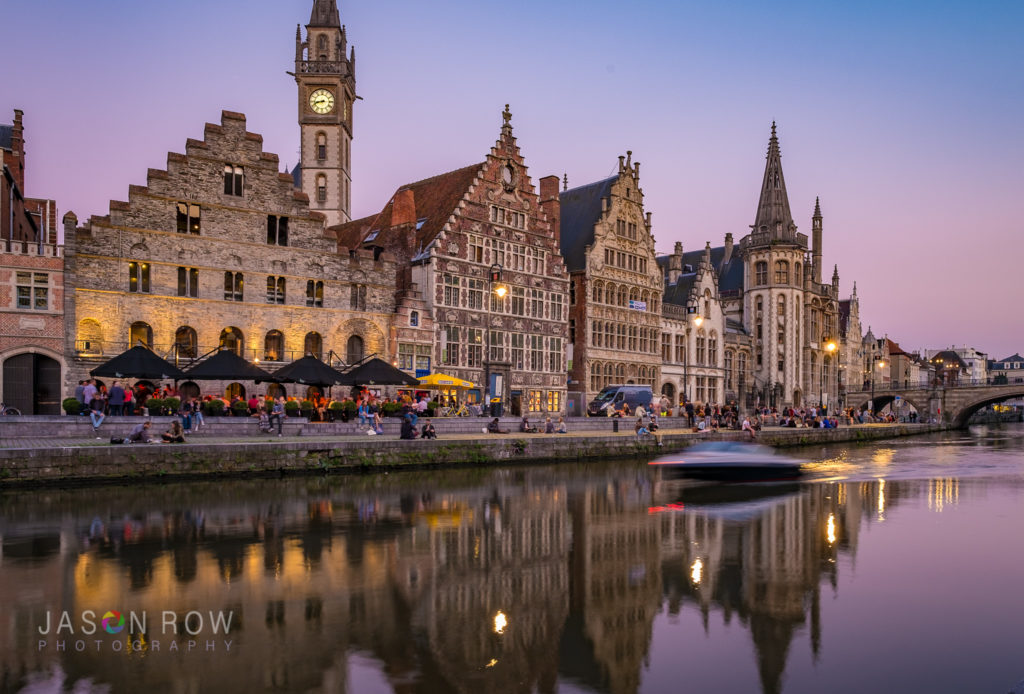
Getting The Cinematic Look – Contrast and Colour
When shooting video, there is a difference between lacking in contrast and low contrast. The former is a scene that has a lack of highlights and shadow areas, the blacks and whites. Low contrast has decent blacks and whites but also has an evenly distributed tonal range between the two.
There are two keys to obtaining this. The first is to have a scene with the right type of lighting. If shooting outdoors, this is more likely to be when the sun is lower is in the sky, flattening and softening the shadows. However we do need some contrast, in particular the shadows.
The second way to get this flatter look is to shoot log. For photographers, Log is like a colour style that you may have on your camera. In the case of video it flattens the contrast and subdues the colours. This gives us much more control over the final look of the footage in post production.
Watch a good movie closely and you will see just how important the use of colour is. The technical term is grading and that grade can control and manipulate the viewer’s emotions in the film.
Whilst grading is done in post production, it's important to shoot up your scenes with that grade in mind. Generally, the cinematic look avoids hard colour contrasts. It works better with complimentary colours and more pastel looking shades.
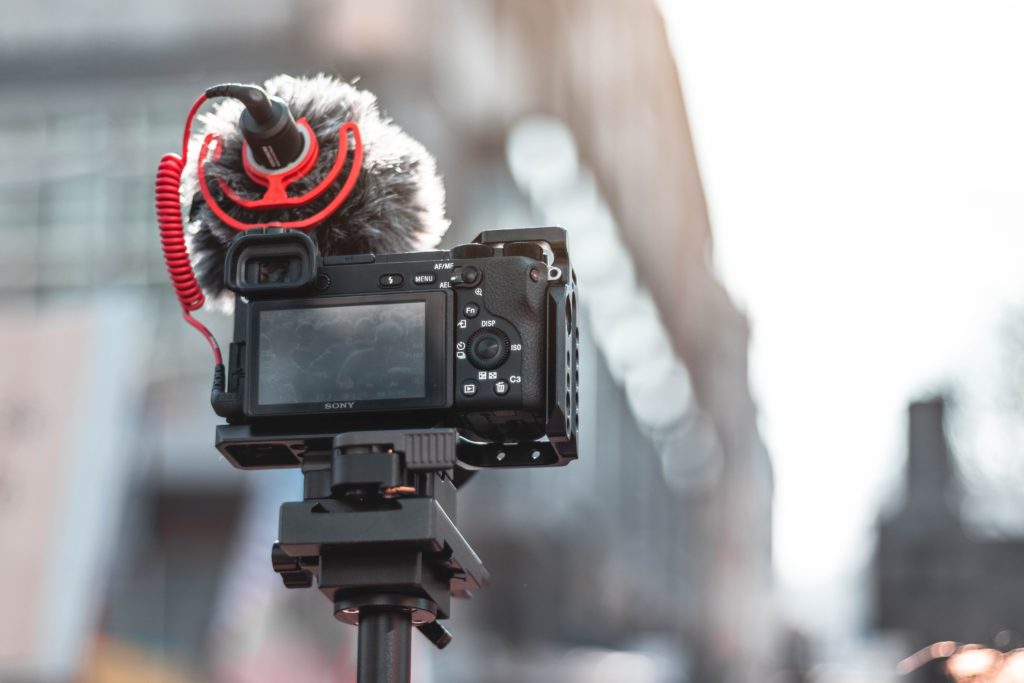
Getting The Cinematic Look – Depth Of Field Settings
Another key element of the cinematic look is depth of field. The large sensors and wide apertures of modern stills cameras have enabled film makers to get beautiful shallow focus shots with creamy Bokeh. This was once the preserve of professional cinematic cameras, yet now it can be achieved in $500 stills cameras.
A shallow depth of field works in conjunction with good lighting to punch our subject out of the screen. It should work as a way to focus the viewer on that subject whilst maintaining enough detail in the background to give a sense of location.
The technical problem with a shallow depth of field is our shutter speed. Often, it’s impossible to maintain a low shutter speed of 1/50th with a very wide aperture. For this reason ND or Neutral Density filters are a must for most shoots.
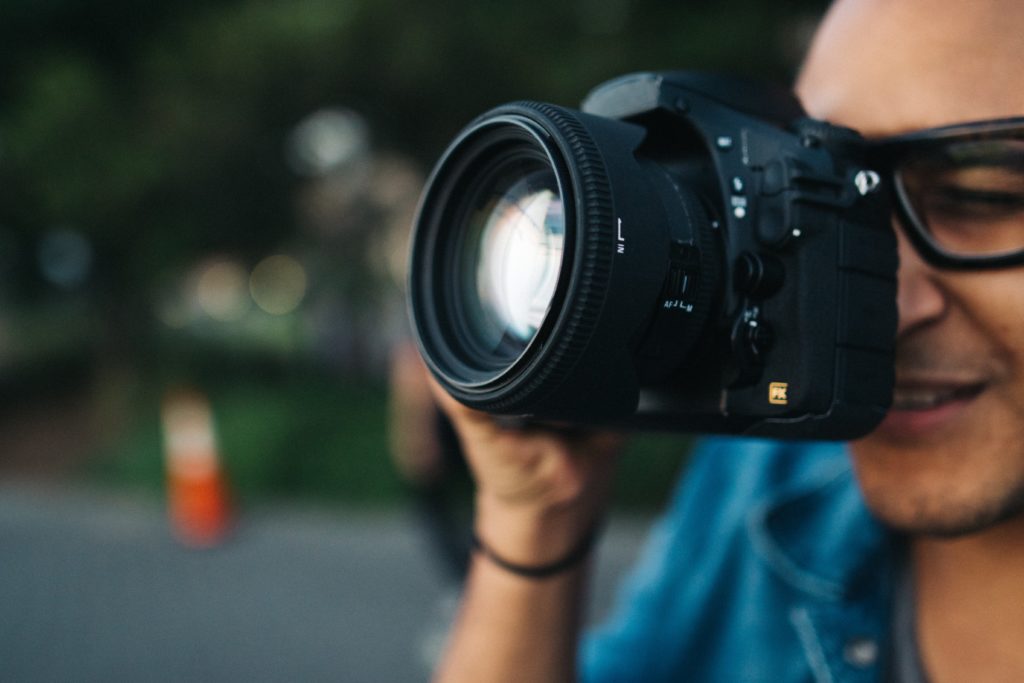
Getting The Cinematic Look – Composition
Even if you have all the elements we listed above, the cinematic look will fail without good composition. This part, however, is easy for us photographers.
Film making uses all of the main classical compositional techniques we are used to. Rule of thirds, frames, symmetry and geometry, negative space and others, all have a place in the cinematic look.
The key difference between using these rules in stills and video is motion. In video we need to make sure there is some form of motion in the shot, something that defines the image as video and not stills. This can be as subtle as a tear rolling down the subject's cheek but without it, our video would just be a still.

The cinematic or film look is not hard to achieve but it does require that you think about it before shooting. Set up your camera with the 180 degree rule and 24fps, shoot log and apply classic rules of composition. Find the right contrast and colour for your scenes and have in mind the feel you are trying to achieve. Do these on a regular basis and you will soon find yourself thinking cinematically.
In a future article we will look at basic editing and we will touch on how to edit a cinematic video. Look out for that soon.


